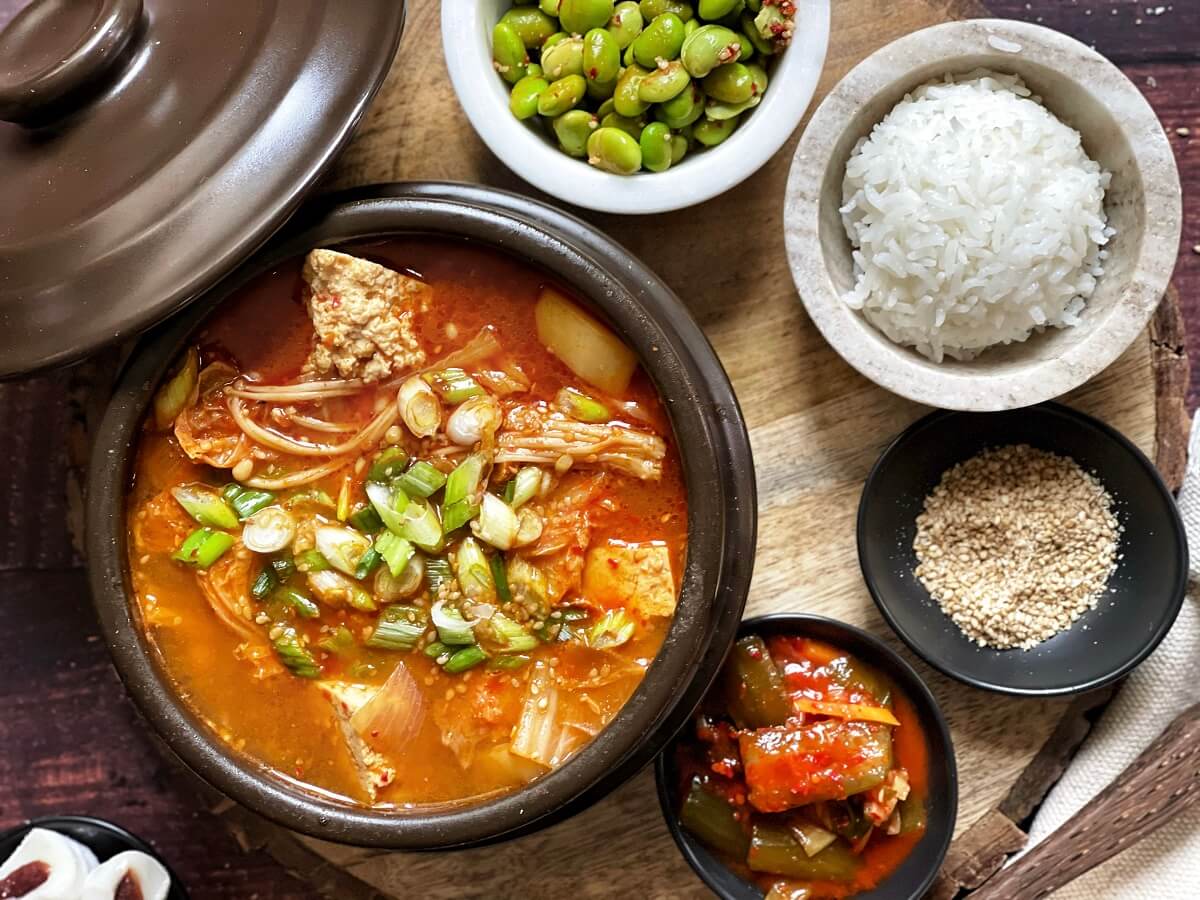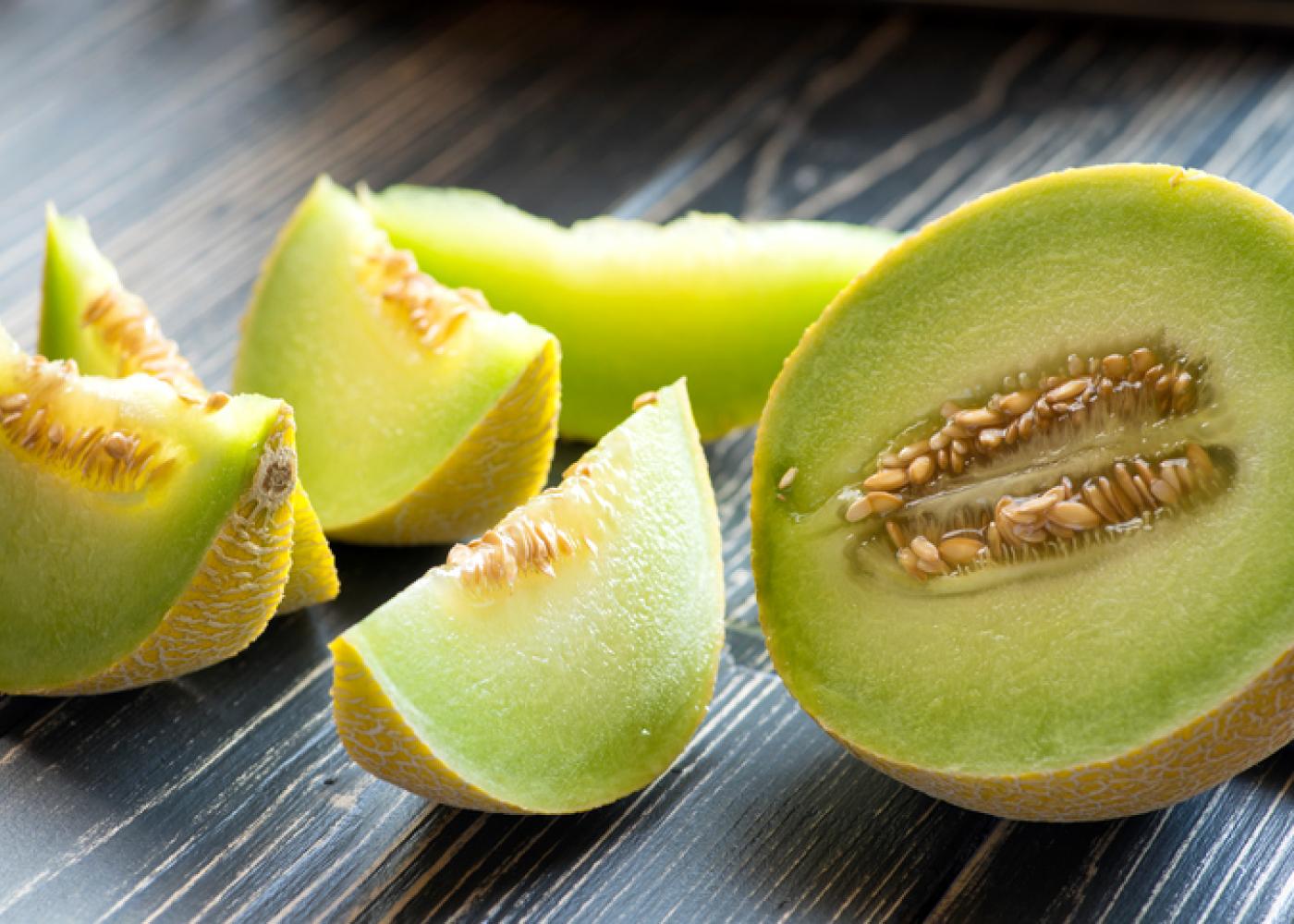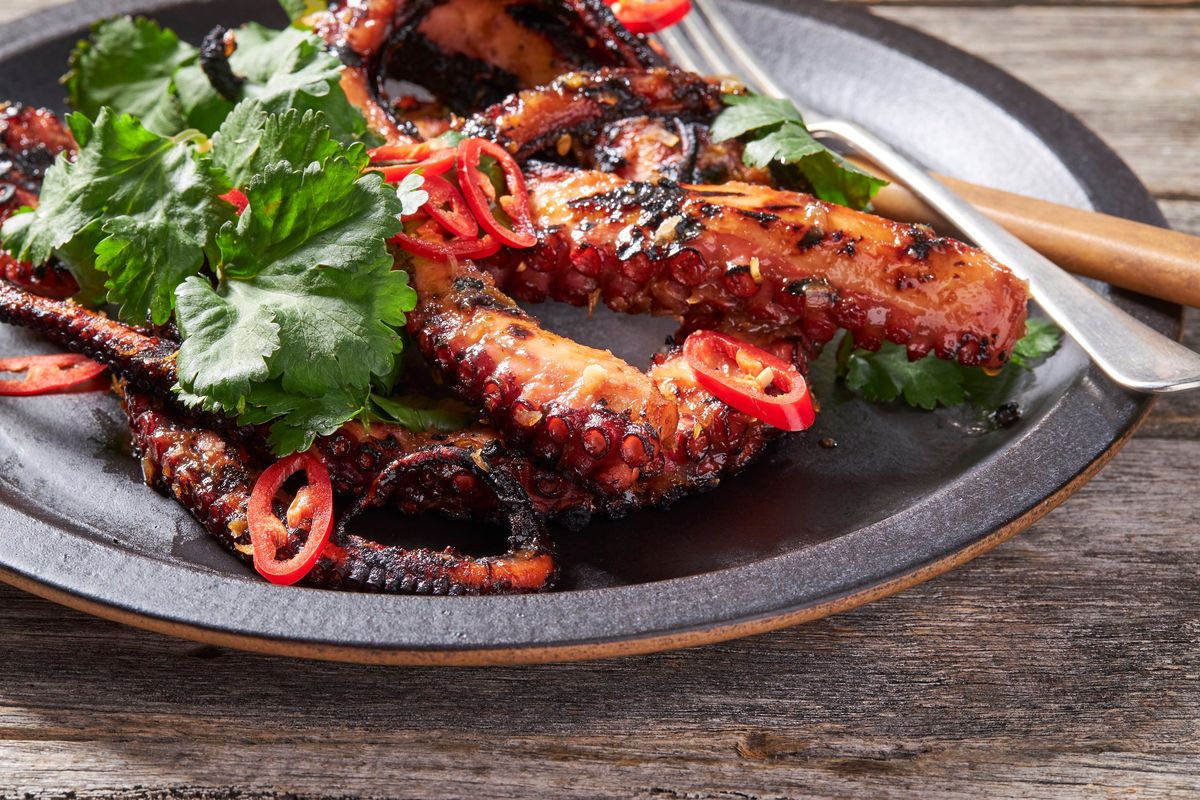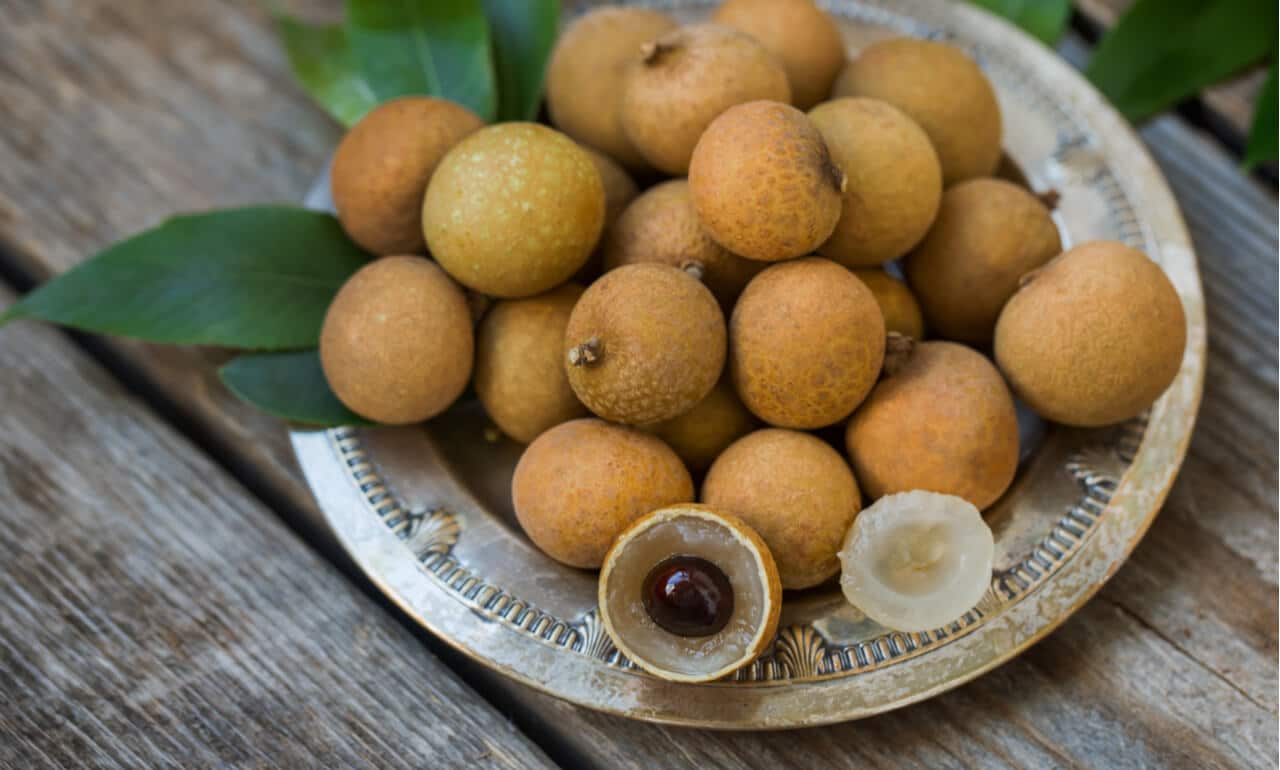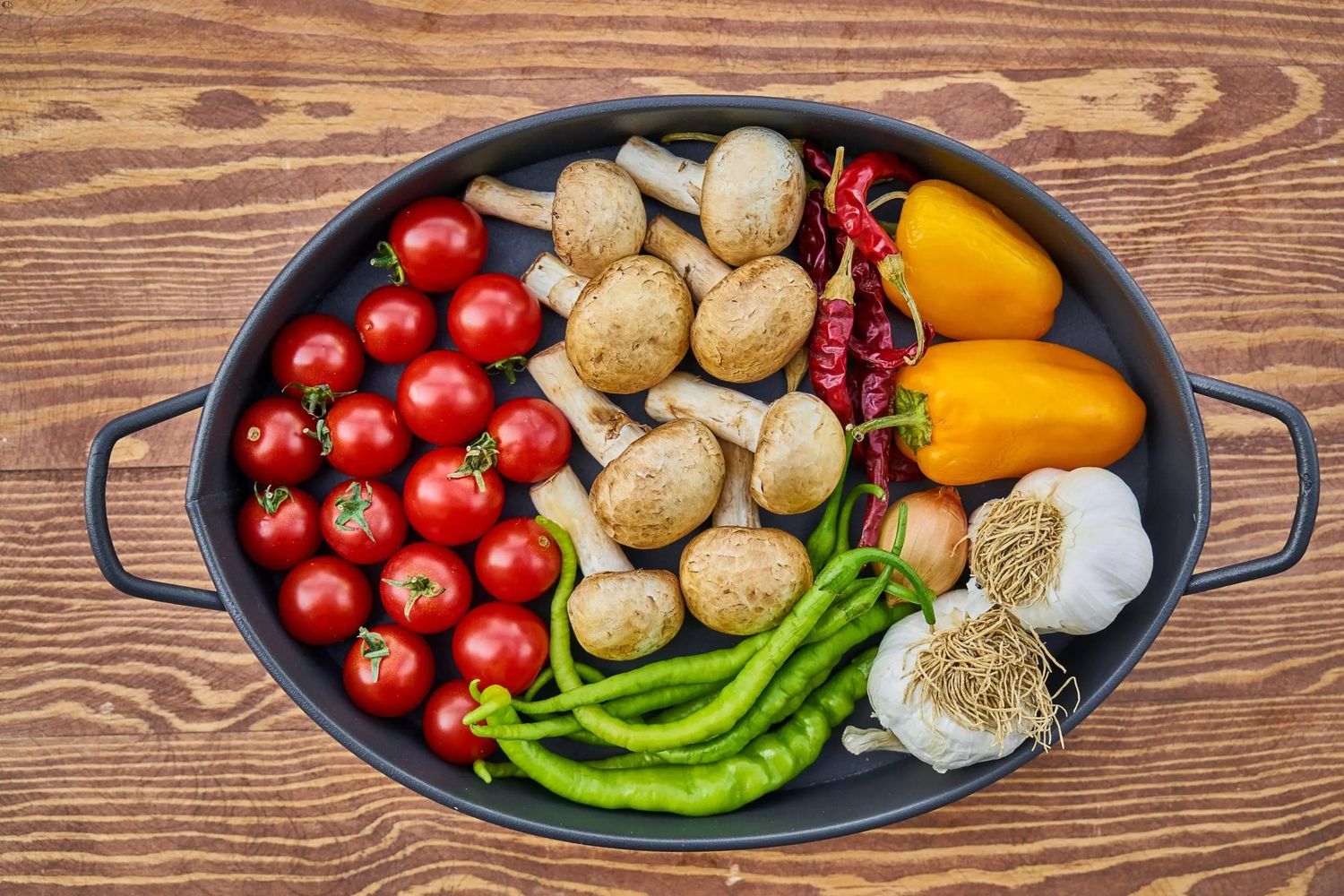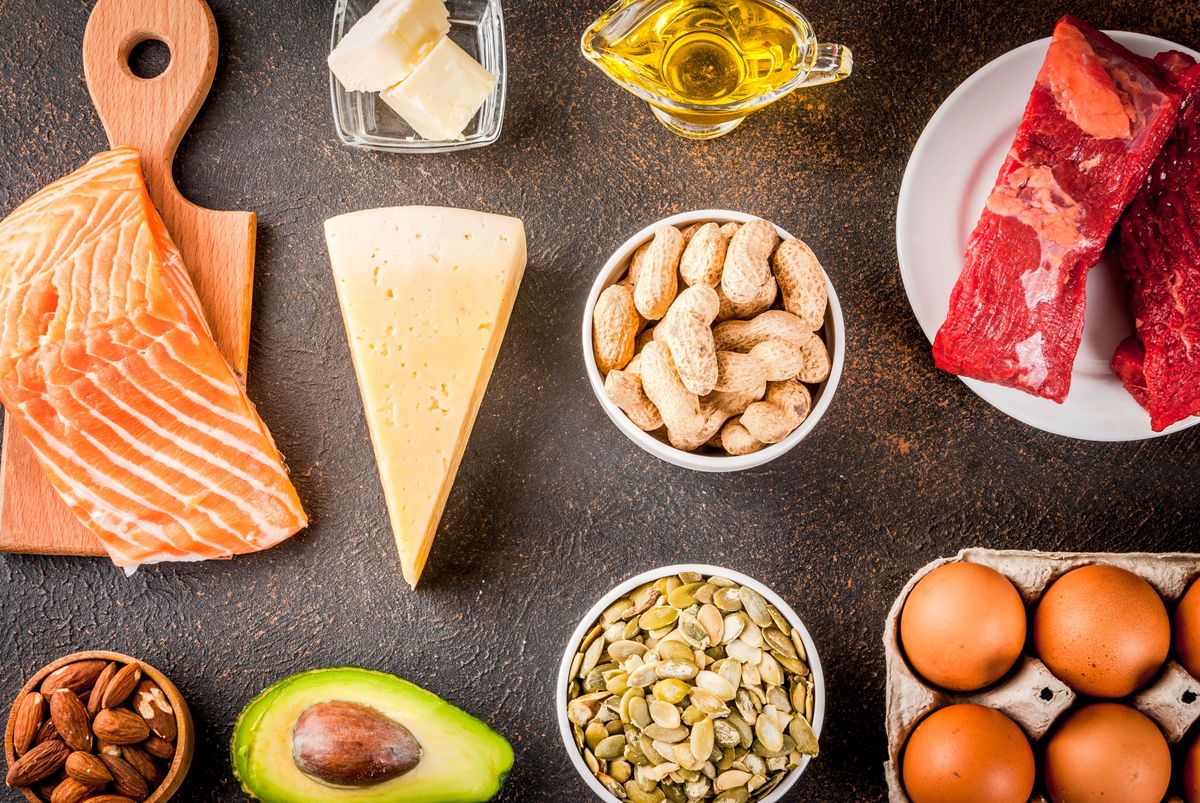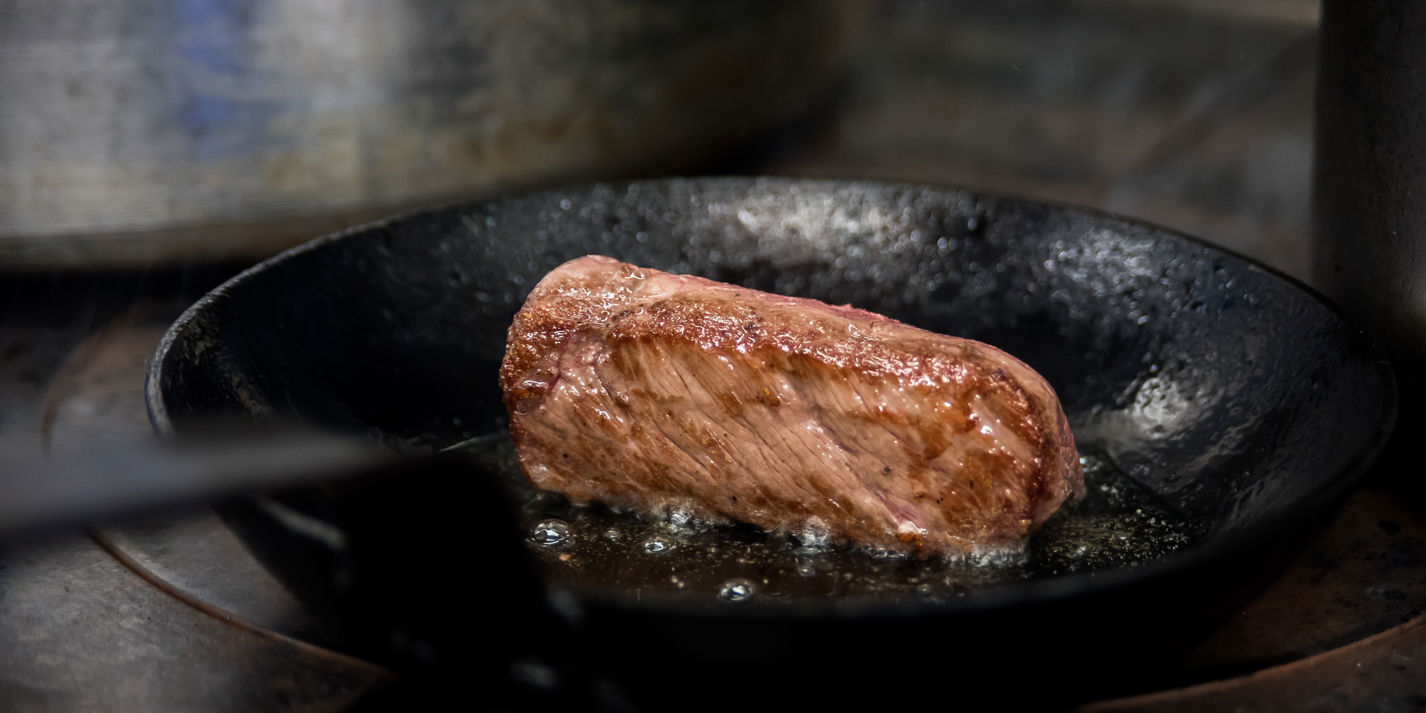What is Korean Hot Pot?
Korean hot pot, also known as jjigae, is a popular Korean stew that is typically served in a large, communal pot and enjoyed by friends and family. It is a comforting and hearty dish that is perfect for sharing and enjoying together.
How to Eat Korean Hot Pot
When it comes to enjoying Korean hot pot, there are a few key steps to keep in mind to fully savor the experience. Here’s a guide on how to eat Korean hot pot like a pro:
1. Choose Your Ingredients
Before diving into the hot pot, it’s important to select the ingredients that you want to include. Common ingredients for Korean hot pot include tofu, mushrooms, vegetables, seafood, and thinly sliced meats such as pork or beef. You can customize the ingredients based on your preferences and dietary restrictions.
2. Prepare the Broth
The broth is the heart of Korean hot pot, so it’s essential to prepare it with care. The broth is typically made with a combination of savory and spicy flavors, often featuring ingredients such as gochujang (Korean chili paste), soy sauce, garlic, and various seasonings. The broth is simmered to perfection, infusing all the flavors together.
3. Cooking Process
Once the broth is ready, it’s time to start cooking! The hot pot is placed in the center of the table, and the ingredients are added to the bubbling broth. Each person can take turns adding their desired ingredients to the pot, allowing them to cook and soak up the rich flavors of the broth.
4. Serving and Enjoying
As the ingredients cook, the aroma of the hot pot fills the air, creating an inviting and communal dining experience. Once the ingredients are cooked to perfection, they can be scooped out of the pot and enjoyed with a side of steamed rice or Korean noodles. The combination of flavors and textures makes for a truly satisfying meal.
Tips for Eating Korean Hot Pot
To fully enjoy the experience of eating Korean hot pot, here are some additional tips to keep in mind:
- Take Your Time: Korean hot pot is meant to be enjoyed at a leisurely pace, allowing you to savor each bite and engage in conversation with your dining companions.
- Try Different Combinations: Experiment with different ingredient combinations to discover your favorite flavor profiles.
- Don’t Forget the Banchan: In addition to the hot pot, Korean meals often include an array of banchan, or side dishes, to complement the main course. Be sure to sample and enjoy these flavorful accompaniments.
- Finish with Rice: After indulging in the hot pot, it’s common to conclude the meal with a serving of steamed rice, which helps to balance out the richness of the stew.
Conclusion
Korean hot pot is not just a meal; it’s a communal dining experience that brings people together to share in the joy of good food and good company. By following these steps and tips, you can fully immerse yourself in the tradition of Korean hot pot and create lasting memories with your loved ones.
Explore More Delicious Recipes and Ways to Use This Guide
After mastering the basics of Korean hot pot, why not challenge yourself with a variety of specific recipes to further enhance your cooking skills? From the hearty Soybean Paste Stew Recipe to the robust flavors of Beef Rib Stew Recipe, these dishes offer a good starting point. For those looking to experiment, Soft Tofu Stew Recipe with its silky tofu and rich broth makes an excellent choice. Additionally, the Spicy Seafood Stew Recipe is a must-try for seafood lovers, providing a spicy kick that complements the fresh flavors of the ocean. Trying these recipes will not only build your confidence in Korean cuisine but also expand your palate with authentic and diverse flavors.
